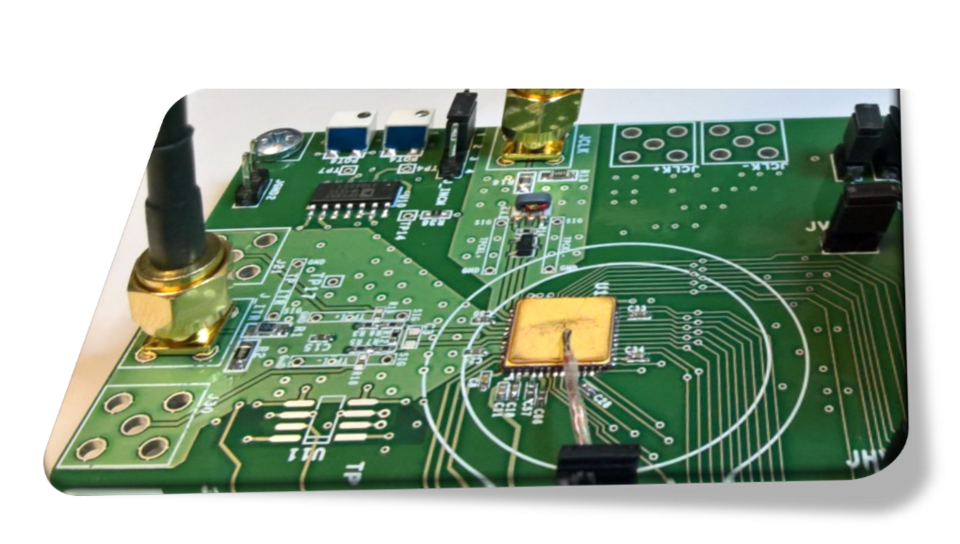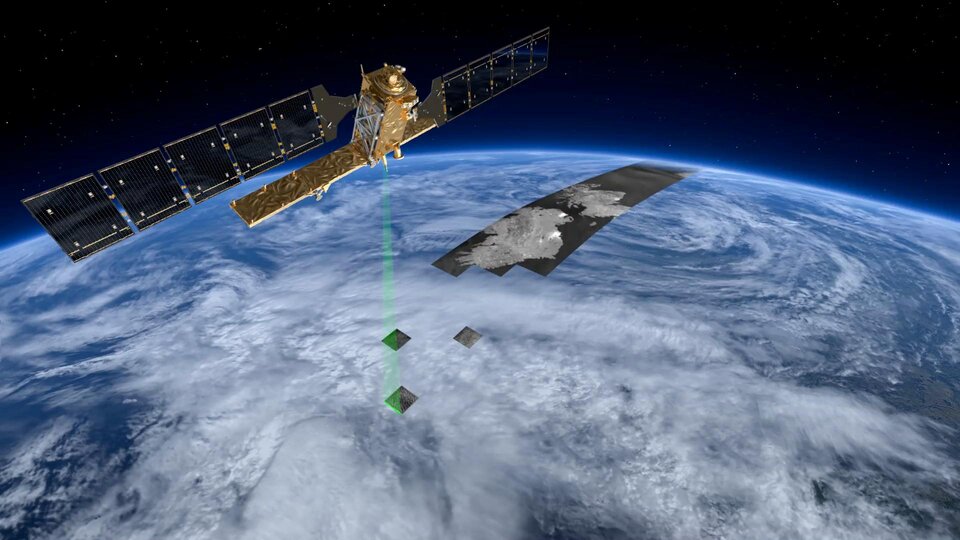Silicon Components
What is the Silicon Components domain
As part of the EEE Components Section in the Electrical Engineering Department, the Silicon Components Domain initiates and supports development activities in the area of active silicon-based electronic parts, such as:
- Digital and mixed signal ASIC technologies
- Discrete and integrated-circuit power components (power MOSFETs, diodes, drivers, switches, PWMs, PoLs…)
- Memories (EEPROMs, SRAM, Non-volatile mass memories…)
- Microelectronic devices for digital and analogue applications & Silicon technologies for ASICs and FPGAs, General Purpose Microprocessors, Mixed Analog-Digital devices, ADC & DAC, LVDS…
Responsibilities reach from initiating RnD activities assessing novel technologies with a low TRL (Technology Readiness Level), up to performing new space-grade component developments including their qualification, as well as providing engineering support to satellite and spacecraft projects e.g. in the frame of failure analysis through the ESA EEE parts components laboratory at ESTEC.
To perform those tasks, the section works at the interface and in close collaboration with other specialist sections/ domains in ESA, such as the ones for Microelectronics, Power Conditioning, Radiation Effects, the ESCC Executive and the ESTEC Component Laboratories.
Why are Silicon Components important?
Satellites and space probes are essentially flying computers which are ‘thrown away’ so fast that they reach a state of permanent free fall outside our atmosphere and, mostly around earth, on tracks called ‘orbits’. Such vintage points in space allow to relay global communication, forward Search and Rescue Signals from remote locations, enable navigation in everyday life and provide overview to emergency response teams in case of earth quakes, forest fires or flooding events. It allows to monitor the health of our home planet to understand impacts of human pollution, deforestation and other global fundamental processes that influence our oceans, atmosphere and climate change.
Like with any other computer, the heart of a satellite is built with electrically active components which are mostly manufactured in Silicon technologies – from single transistors to complex microchips. Unlike computer systems made for earth-based usage however, the electronic components for a satellite need to withstand not only the mechanical stresses of the rocket launch, but being outside the protective shell of our atmosphere they have to cope with the harsh environments of space, with temperature extremes and radiation exposure due to solar activity. In addition, many satellites are designed to function for relatively long durations, such as 15 years of planned operational life time with no possibility to replace or repair parts, once the satellite has been deployed in space. This leads to very high requirements with respect to functional temperature range, reliability, radiation hardness and overall quality of workmanship, which should be fulfilled down to the level of every single transistor – ideally for all parts within a spacecraft, but at a minimum to all subsystems critical for it’s major mission objectives, and – to avoid space debris – the systems needed for a satellite’s controlled decommissioning at the end of its operational lifetime. Those boundary conditions often prevent the use of standard, commercially available parts. The Silicon Component domain addresses the specific needs of the space community through the initiation of dedicated space-grade component developments, supporting the availability of European state of the art technologies to enable future missions.



